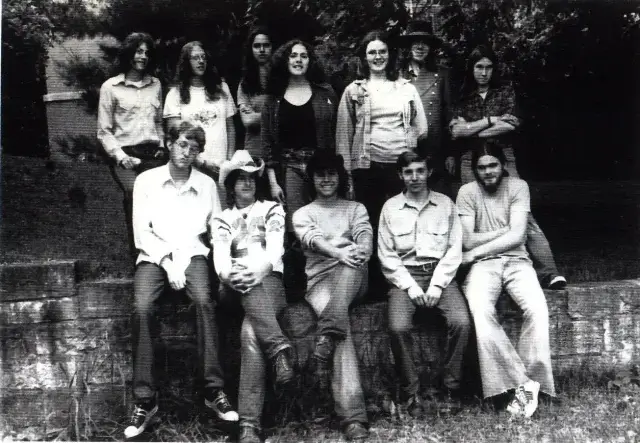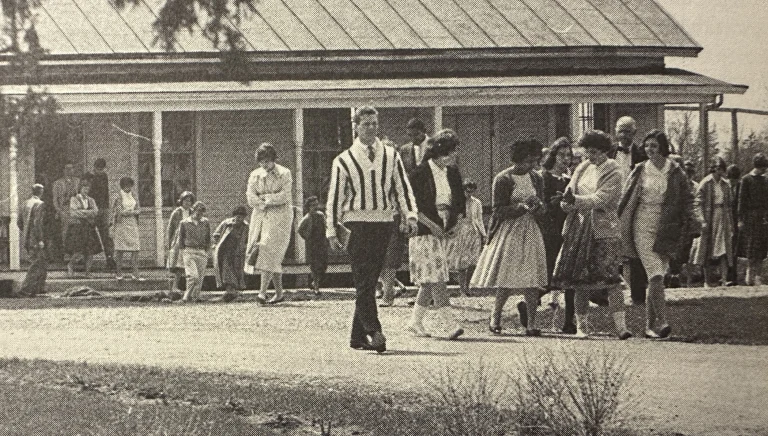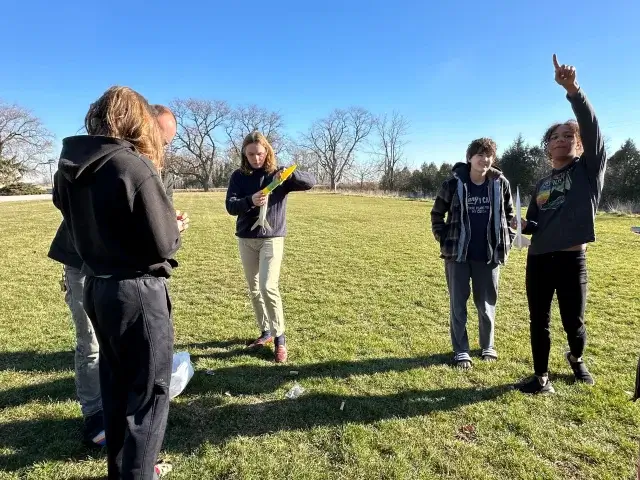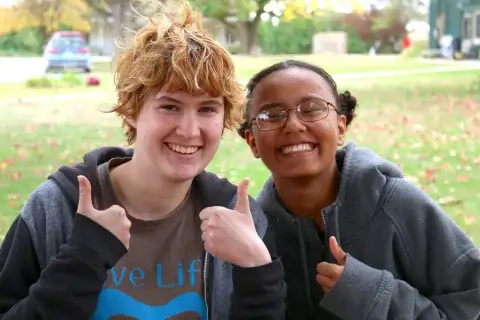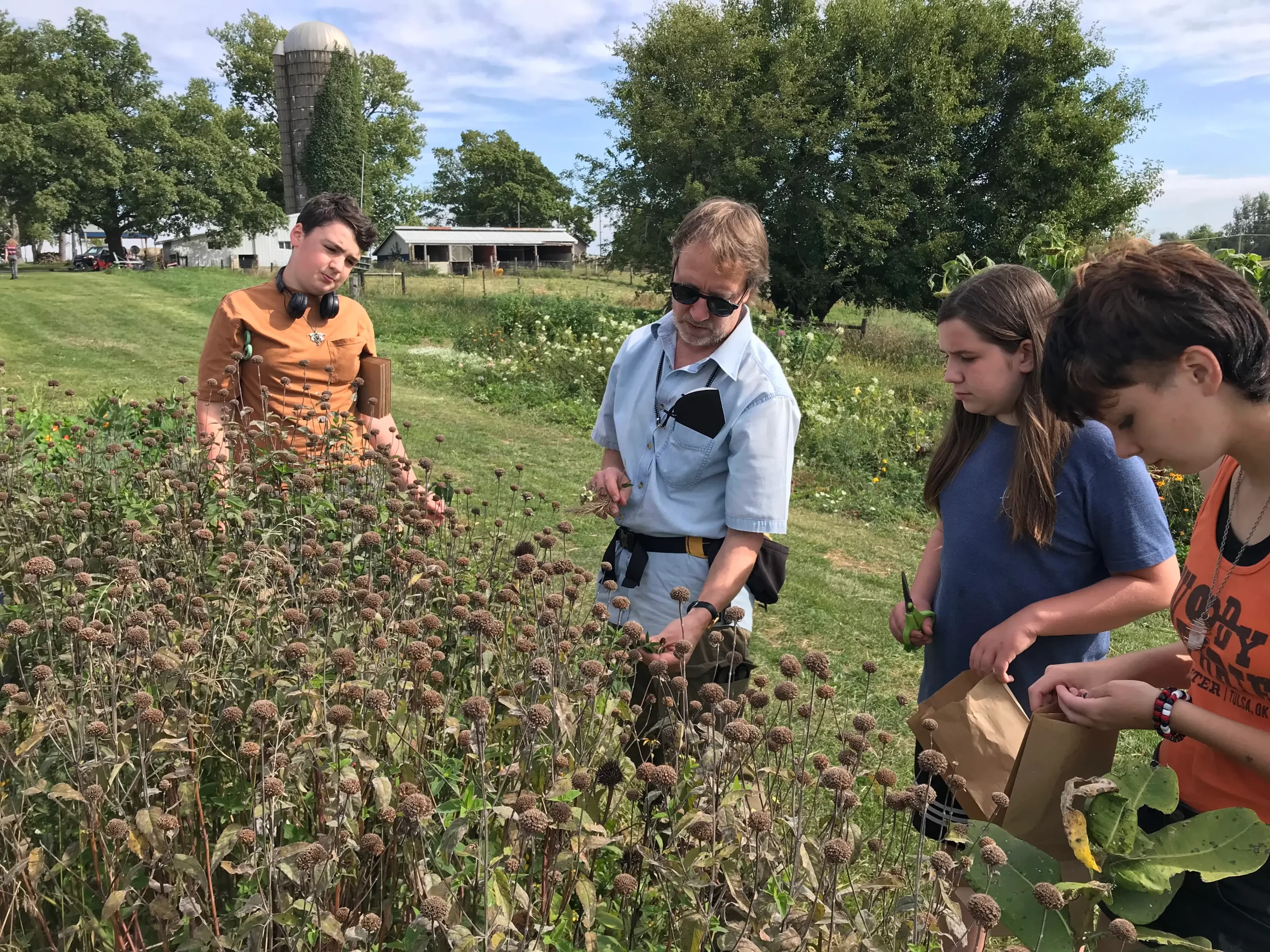Inception to Opening in 1890
Scattergood’s journey from conception to realization was a long one. Quaker pioneers arriving in Iowa from Ohio, known as The Hickory Grove Quarterly Meeting, longed to create a boarding school where their children could receive a “guarded education.” free from “early knowledge of, or contact with, the evils of the world.” While initial preparations began in 1870, It was 20 years before Scattergood Friends School would open in 1890. According to early notes, “…the aim of the school is to give a substantial English education, suited to fit the average person for the ordinary duties of life, and at the same time prepare students for higher institutions of learning. The first student body was exclusively Quaker and consisted of 25 pupils. yet it is still its distinctive purpose to shield the young from hurtful temptations and distracting tendencies during the character-forming period.”
In 1917, Hickory Grove Quarterly Meeting left its parent organization, The Ohio Yearly Meeting to become part of the Iowa Yearly Meeting and with that, the ownership of Scattergood Friends School also transferred to the Iowa Yearly Meeting and that ownership continues today. This transition brought about many changes, from the addition of new buildings and fences to a loosening of the dress code for students-girls were no longer required to wear bonnets and boys no longer had to turn in coat collars.
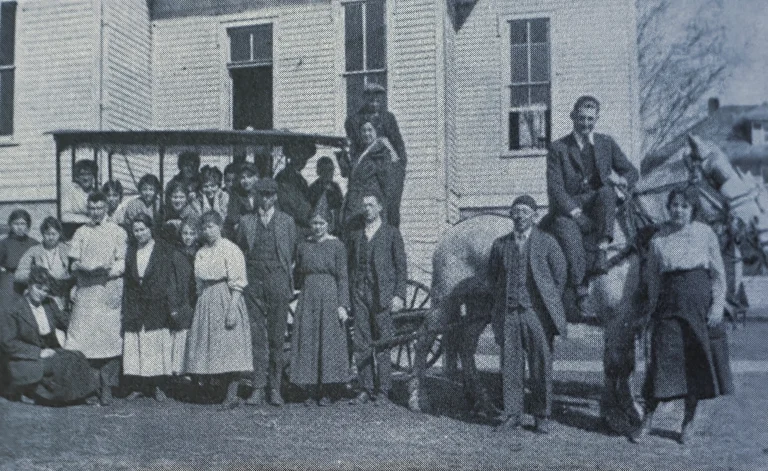
World War II and the Refugee Hostel
In 1929, Scattergood, like the rest of the country, was caught in the wake of the Great Depression. The decision was made to close the school in 1931, with hope it would only be a one-year closure. Unfortunately, Scattergood remained closed until 1938. The American Friends Service Committee suggested that Scattergood be utilized as a hostel for European refugees fleeing the Nazis. The campus was renovated and in 1939, the first refugees arrived. Over the next three years and eleven months, Scattergood was a refuge and home for 186 guests. Refugees represented various backgrounds and Scattergood was once again operated in the Quaker spirit with which it was conceived. In addition to taking English classes, those living at Scattergood were also expected to take part in work crews as well as helping to grow and prepare their food. The need for the hostel subsided in 1943 and by 1944 Scattergood Friends School was open once again to students.
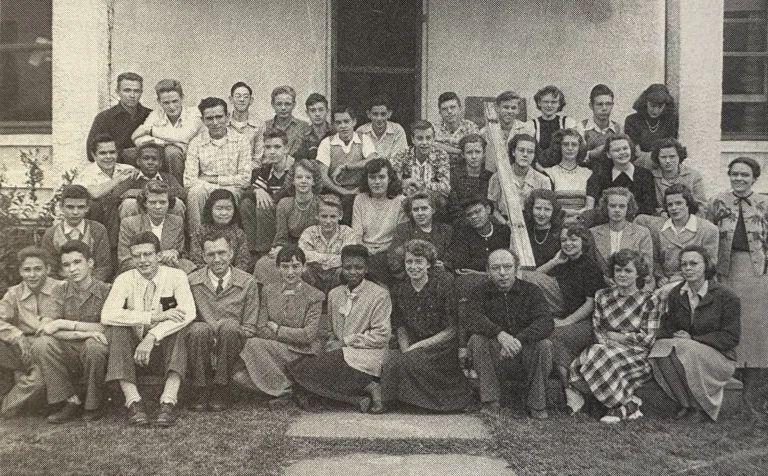
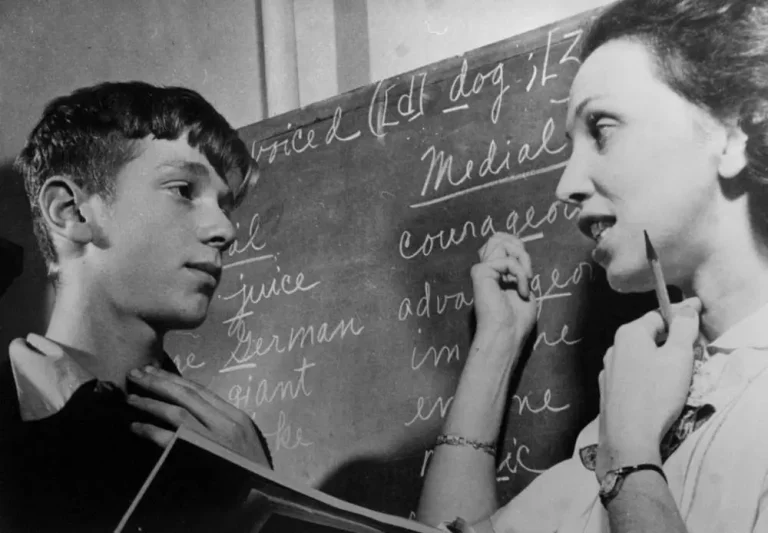
Modernizing and Evolving
The 1960s were a time for reflection and self-assessment for Scattergood, faced with the dilemma of how to integrate the school into mainstream society without losing the community spirit and Quaker values. The idea of a “guarded education” held by Scattergood’s early founders came into direct conflict with the social trends of the 1960s. Eventually, students were allowed more freedoms concerning music, dancing, movies, clothes, length of hair, and student rights.
Scattergood’s evolution continued in the 1970s when the school, with the help of non-Quaker educators, took part in a self-study resulting in more involvement in the surrounding community and the introduction of month-long service trips.Scattergood continued to expand and formalize its offerings and professional connections in the early 1990s and became accredited through The Independent Schools Association of the Central States (ISACS). , an organization in which Scattergood remains very active. The new millennium brought many technological advances, including a 1:1 laptop program, which further enhanced the learning experiences and opportunities.
After 135 years, students and staff continue to learn and grow together. Scattergood remains a community-focused center of learning where students are provided with a high quality, Quaker-based education which prepares them for life and higher learning.
